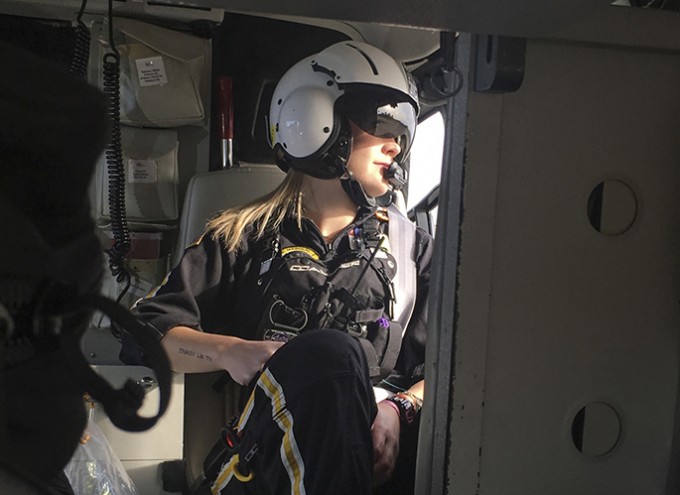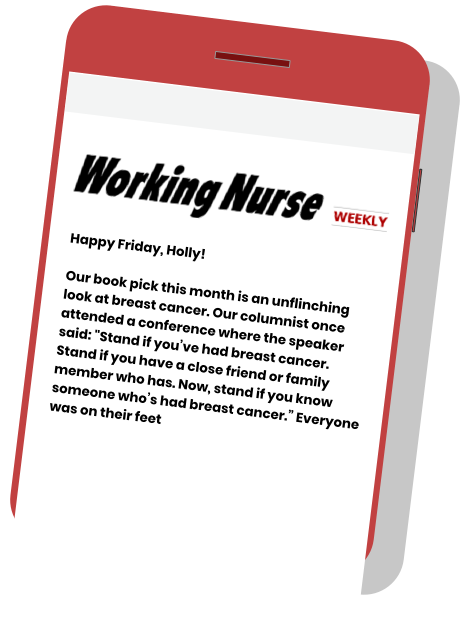My Specialty
Flight Nursing, Carole Covey, PHI Air Medical Group
Delivering emergency care on the (rotary) wing

Carole Covey, RN
Flight Nurse
PHI Air Medical Group
Please tell us about the arc of your career.
I watched my mom live through the challenges of nursing school and begin her career as an ER nurse. She worked night shift, so when I was home from school, I’d take her coffee or food. I’d also sit in the nurses’ station, taking it all in. Little did I know that those times planted a seed and inspired a passion for caring for others, as well as for emergency nursing.
I was originally in school to be a teacher. When I realized what I really wanted, I quit my education degree program, moved home and started on my own nursing path. What a roller coaster! I worked as a tech in a pediatric urgent care clinic prior to nursing school and then transitioned to working in the emergency department as a technician after I completed my EMT-B license.
Once I graduated, I transitioned to the ER. During my three years as an ER nurse, my love of nursing and caring for the sickest of patients grew exponentially. The hands-on aspect of being in the middle of it all is what drew me in.
How did you make the leap into flight nursing?
After completing my EMT-B license prior to nursing school, I had the opportunity to complete a ride-along with PHI Air Medical and fell in love. I knew without a doubt that I wanted to be a flight nurse. Working in the ER, I’d watch helicopters come and go. Interacting with the flight crews fueled my desire for flight nursing. My passion for flying grew every time I saw a helicopter. However, it took me eight long (really long) years to be hired as a flight nurse.
In order to reach my goal, I knew I needed tons of experience and certifications, so I put in ridiculous numbers of hours at work, gaining an incredible amount of knowledge and clinical competency. I challenged myself by studying disease processes and clinical scenarios. I obtained as many certifications as possible, including my paramedic license [NRP], my BSN and my CEN [certified emergency nurse certification].
I was born and raised in the Dallas area, but when I was ready to start my flight career, I applied for every position available with every company throughout the country. In August 2016, I moved halfway across the country to work for PHI Air Medical. I knew they were the safest and had the highest clinical standards. The rest is history. It definitely was not a fast process, but it was absolutely worth the effort.
What inspired you to pursue this specialty?
This may sound corny, but it’s partly knowing that I can be the best part of somebody’s worst day. Flight nursing and ER nursing are often thankless professional paths, but I know that every shift, I can make a difference in somebody’s life. That’s enough gratification for me.



